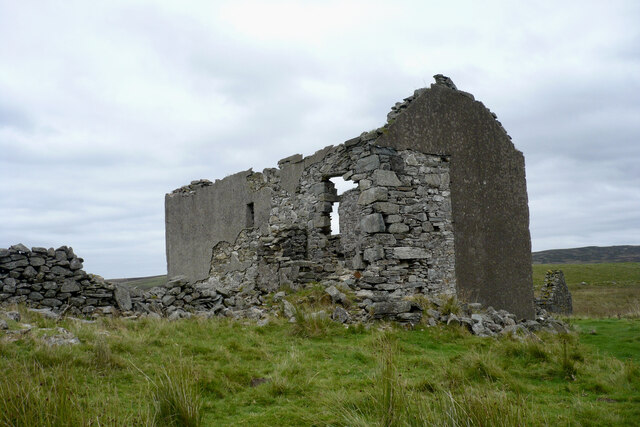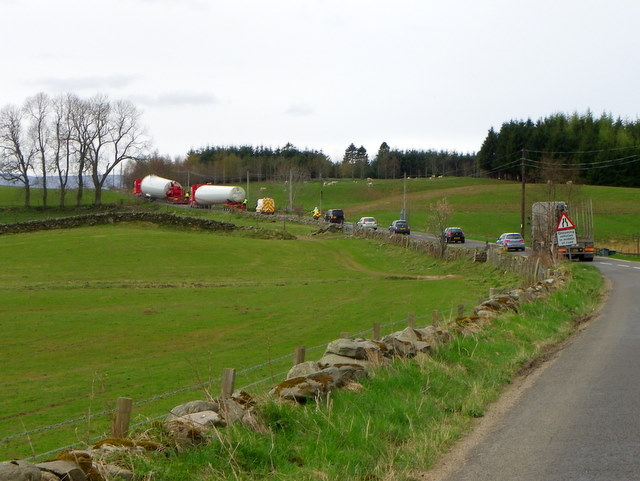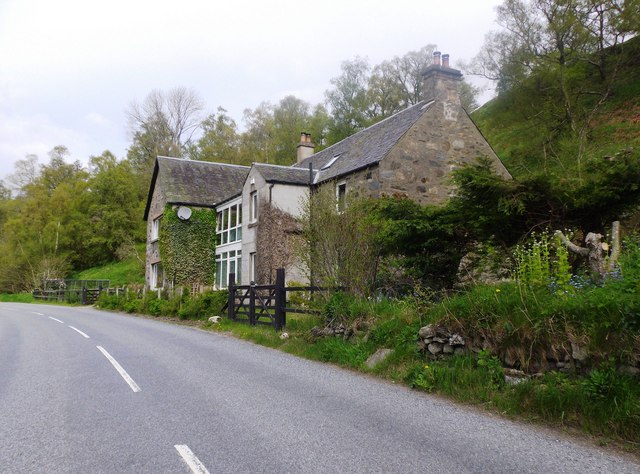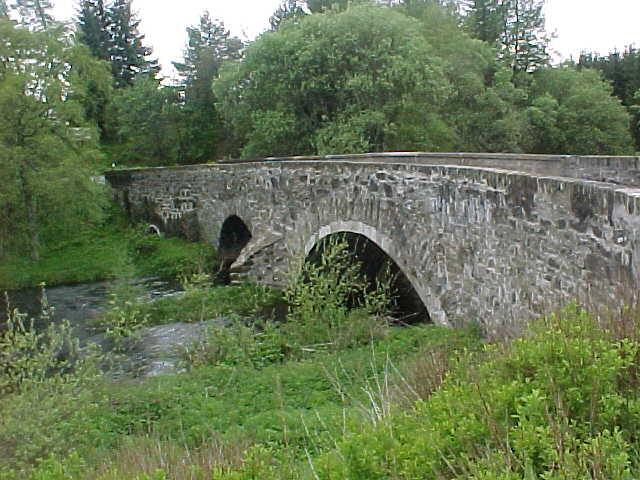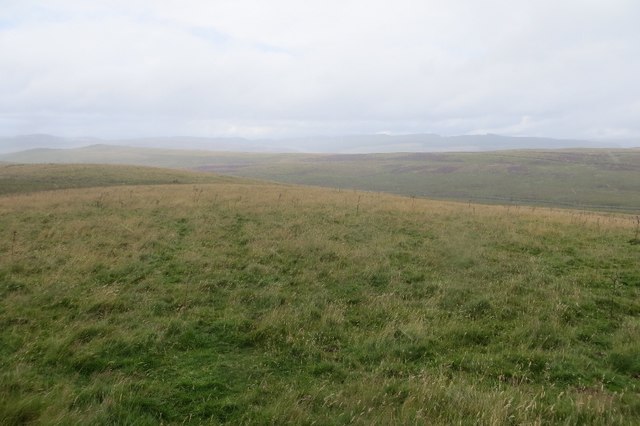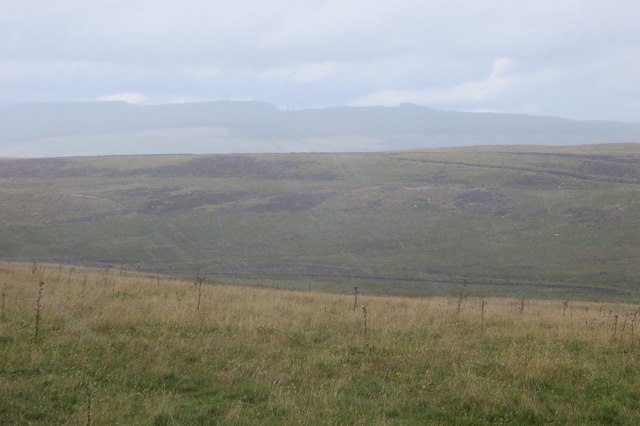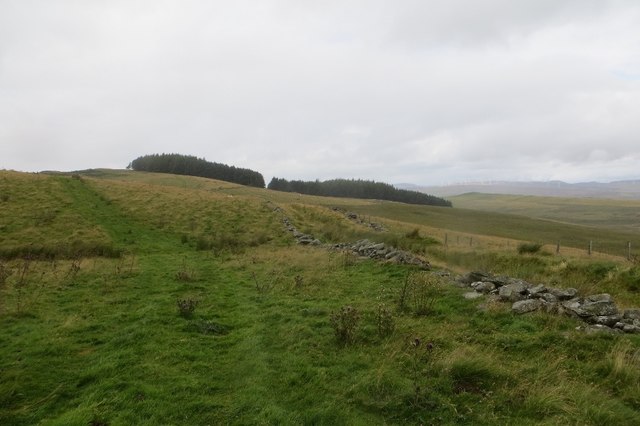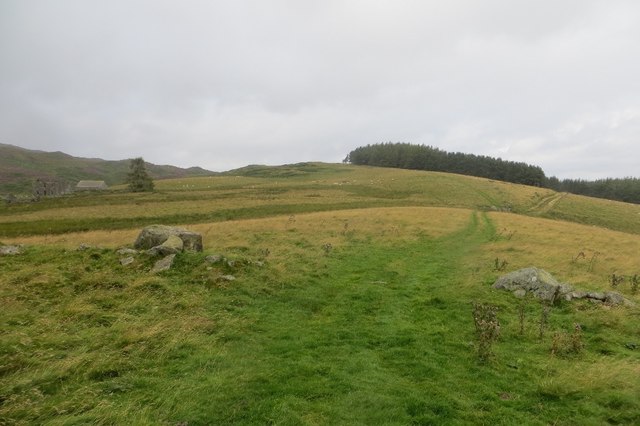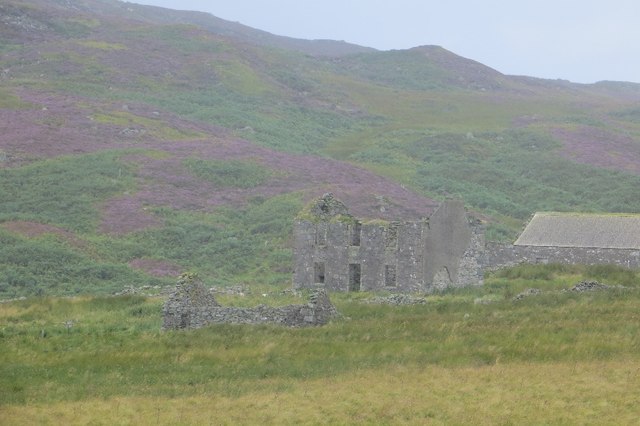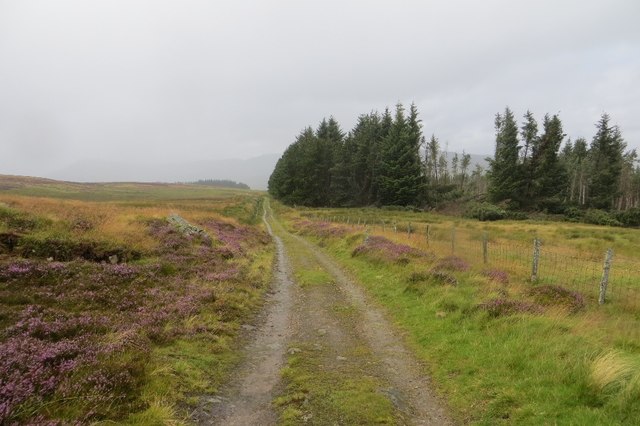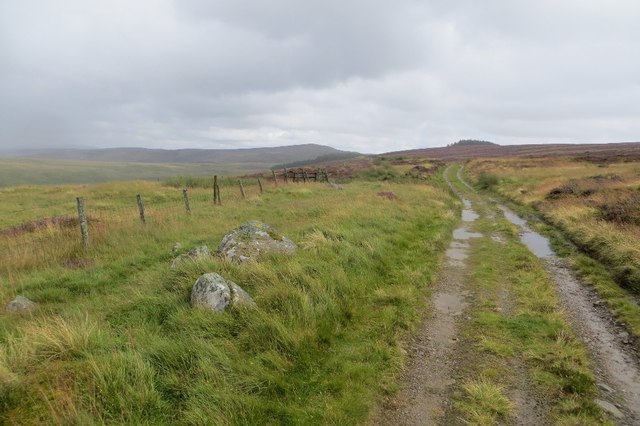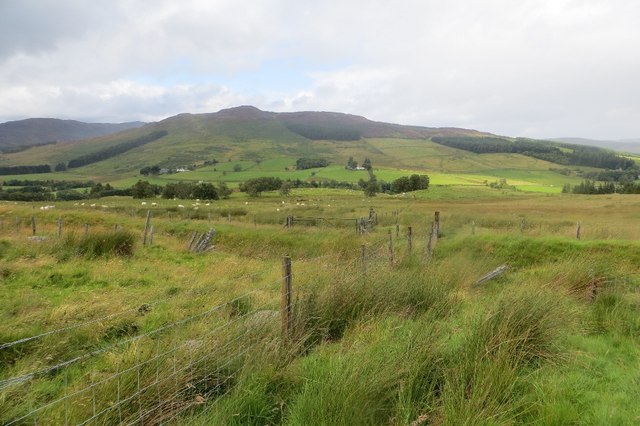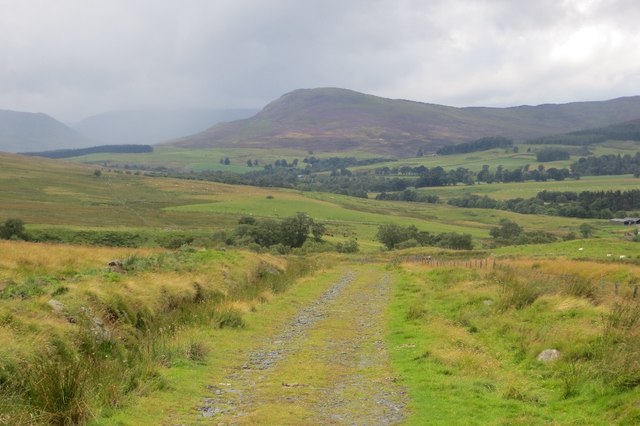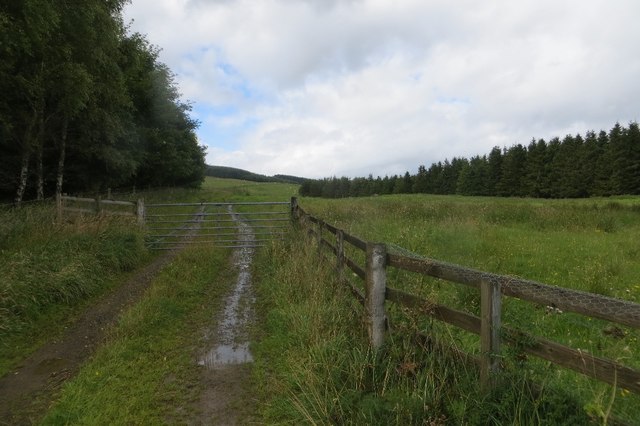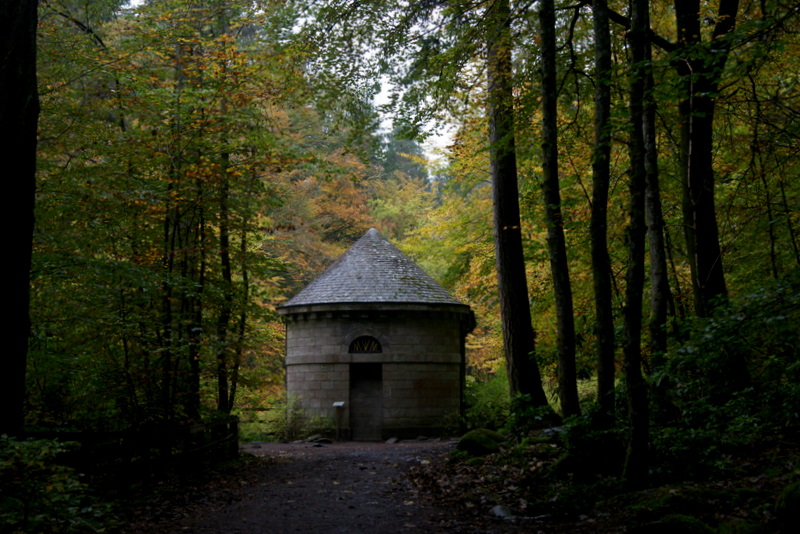Airlich
Hill, Mountain in Perthshire
Scotland
Airlich
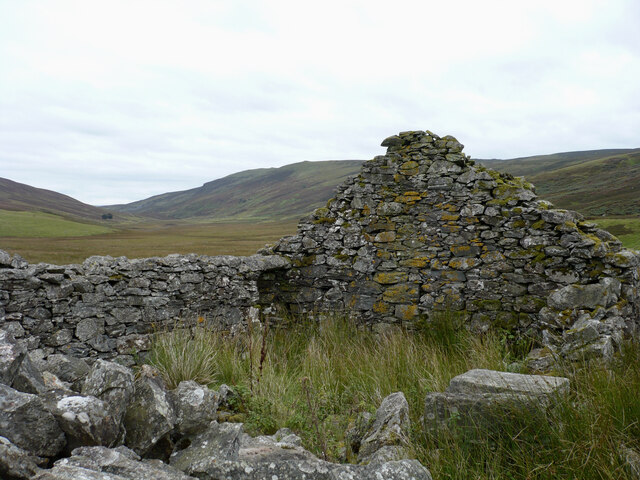
Airlich is a prominent hill located in the region of Perthshire, Scotland. Standing at an elevation of 425 meters (1,394 feet), it offers breathtaking panoramic views of the surrounding countryside. Situated near the village of Amulree, Airlich is a popular destination for outdoor enthusiasts, hikers, and nature lovers.
The hill is characterized by its distinct shape, with a gentle slope leading to a rugged and rocky summit. Its terrain is mostly covered in heather and grass, creating a picturesque landscape that changes colors with the seasons. The hill's location within the Perthshire region means it benefits from a relatively mild climate, making it accessible to visitors throughout the year.
Airlich is part of the larger network of hills and mountains in the area, providing opportunities for longer hikes and exploring the stunning Scottish countryside. The hill is easily accessible via a well-maintained footpath that winds its way up the slope, ensuring a pleasant and safe ascent.
At the summit, visitors are rewarded with breathtaking views of the surrounding Perthshire hills, with glimpses of shimmering lochs and distant mountain ranges. The peaceful and tranquil atmosphere at the top makes it an ideal spot for picnics or simply taking in the natural beauty of the Scottish landscape.
Overall, Airlich's accessibility, diverse terrain, and stunning vistas make it a must-visit destination for those seeking a memorable outdoor experience in Perthshire, Scotland.
If you have any feedback on the listing, please let us know in the comments section below.
Airlich Images
Images are sourced within 2km of 56.526568/-3.6871465 or Grid Reference NN9638. Thanks to Geograph Open Source API. All images are credited.
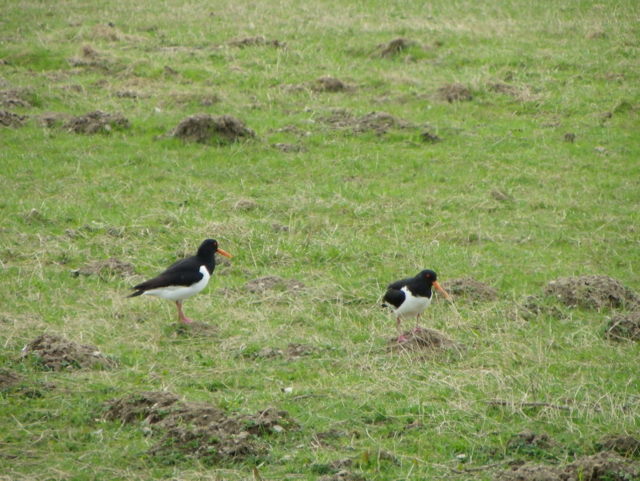
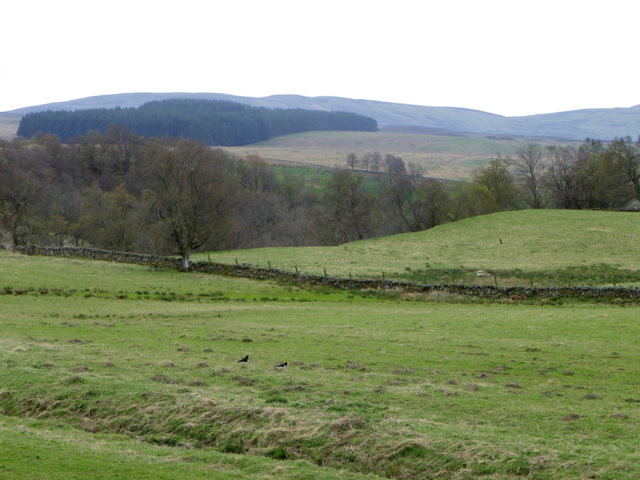
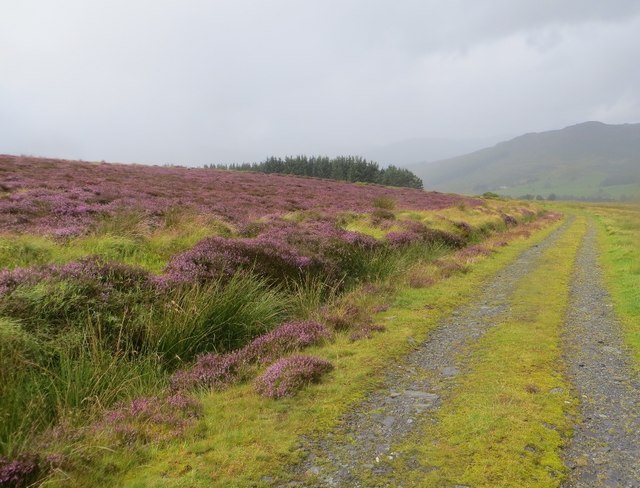
Airlich is located at Grid Ref: NN9638 (Lat: 56.526568, Lng: -3.6871465)
Unitary Authority: Perth and Kinross
Police Authority: Tayside
What 3 Words
///admit.waggled.pokers. Near Bankfoot, Perth & Kinross
Nearby Locations
Related Wikis
Falls of the Braan
Falls of the Braan is a waterfall of Scotland located in the Hermitage at the National Trust for Scotland-protected site in Dunkeld, Perth and Kinross...
Hermitage Douglas-fir
The Hermitage Douglas-fir (also known as Ossian's Douglas-fir) was a Douglas-fir tree which stood in The Hermitage pleasure ground, in Dunkeld, Scotland...
The Hermitage, Dunkeld
The Hermitage (officially The Hermitage pleasure ground) is a National Trust for Scotland-protected site in Dunkeld, Perth and Kinross. Located just to...
Black Linn Falls
Black Linn Falls is a waterfall on the River Braan in The Hermitage, Dunkeld, Scotland. After the falls, the river passes beneath the Hermitage Bridge...
Ossian's Hall of Mirrors
Ossian's Hall of Mirrors is a Georgian structure located at The Hermitage in Dunkeld, Scotland. == History of the site == === The original view-house... ===
Hermitage Bridge (Dunkeld, Scotland)
The Hermitage Bridge is an ancient, single-arch stone pedestrian bridge crossing the River Braan near Dunkeld, Perth and Kinross, Scotland. A Category...
Craigvinean Forest
Craigvinean Forest is located 1 mile (1.6 km) west of Dunkeld, Perth and Kinross, Scotland, on the A9. It is accessed through a track at the foot of Deuchary...
Niel Gow's Oak
Niel Gow's Oak is a 300-year-old tree near Dunkeld and Birnam, Perth and Kinross, Scotland. It is closely associated with the Scottish fiddler and composer...
Nearby Amenities
Located within 500m of 56.526568,-3.6871465Have you been to Airlich?
Leave your review of Airlich below (or comments, questions and feedback).
